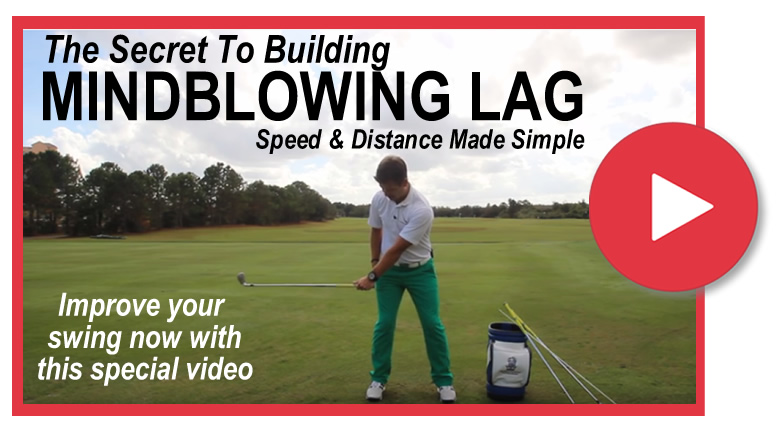
There are two main golf swing styles: out-toing-in and inside-to -out. Whether you're a beginner or an advanced golfer, you can benefit from understanding these swing patterns to improve your game. This article will discuss the In-to-Out swing pattern and Clubface angle at impact. We'll also cover Ben Hogan's technique for smashing the golf ball. To begin, you'll need to measure divots.
Out-to-in golf swing paths
An out-to-in golf swing path is associated with over-the-top golfers. They tend to use too much of their upper body and move too far in their backswing. This can result in large slices and violent hooks. Fortunately, a correct set up can prevent this from happening. To find the most efficient out-to-in path, begin by aligning your feet, hips and shoulders with the target.
A golf swing path that is right-to–left produces a left-to–right shot, also known as a draw. A draw is longer and wider than a fade and transfers more energy into the ball. An outside-to–in swing path has a larger clubface, but it does not have the same power at impact. This swing path, also called an "over-the" or "slice", is commonly referred to.

Clubface angle at impact
The most significant factor in determining the trajectory for a ball is the clubface angle. If the clubface is straight to the path of a ball, it will not produce any curves. A closed clubface, on the other hand, will cause the ball to curve to either the right or left. This happens because the clubface angle is not parallel with the ball's path at impact.
Although it was widely believed that clubface angle affects ball flight, new research has shown that it may actually be half as important. Multiple studies, including one by Dr. Michael Malaska, confirm this conclusion. The right hand also plays an important role in covering the ball and creating the correct forward shaft lean to maximize compression. While it should not be active during the swing, the right side can have a significant influence on the clubface angle and impact.
Impact: Open clubface
It doesn't matter if your game is right-to–left or in-to–out, your clubface angle at impact can affect the flight of your ball. Open clubfaces are those where the face is exposed when the club strikes the ball. A closed clubface will result in an out of bounds flight. Improve your shot by improving your swing mechanics. This article will show you how to fix your open clubface at impacts.
The open clubface gives your shot more loft when setting up your golf swing. Conversely, a closed clubface takes away loft and lowers your shot's trajectory. Having the correct clubface angle is important because it can make a huge difference in your shot distance. A wide open clubface at contact can result from poor set-up and poor rotating. For example, hip sliding and early extension can lead to wide open clubface at impact. Also, open clubfaces can be caused by lack of shaft flex and an open clubface when impact occurs.

Ben Hogan's strategy for mowing the golf ball
Ben Hogan's legendary left-hand swing and ability to hit the ball in the air with ease is due to his unique backswing technique. Hogan had a difficult time hooking the ball when he was young, but soon realized that the key to his success was using a slightly cupped left wrist at his top of his backswing. He didn't go too far left due to a weak grip and a cupped wrist.
While most players try to emulate Hogan's famous ball strike, few succeed. Hogan, unlike many of golf's most famous players was never able to putt well. Hogan once suggested that putting be removed from golf altogether. Because he was a better putter than a ball striker, this is probably why he suggested that putting be eliminated altogether. A MacGregor Spur Putter was also his favorite, which was considered advanced in that time.
FAQ
What is a golf ball like?
Golf balls are usually made of rubber and plastic. Its surface has dimples which make it bounce when hit.
When is the best time to play golf in the year?
Between May and September is the ideal time to golf. It is generally warm and dry during this time.
It can get very cold in winter. Additionally, it can be difficult to walk the fairways when there is snowfall.
In spring and autumn, the grass grows too high, making it hard to see the flagstick.
What happens after a round of golf is over?
At the end of a round, the player with the lowest score wins. However, if two people tie for first place, they both win.
If there are more than three players who tie for the first place after 18 holes they will share the money.
If two people are still tied after 18 golf holes, the tournament commission decides who gets the prize cash.
Statistics
- He shanked the first attempt, but it is estimated his second went more than 200 yards (180 m).[52]Golf courses worldwide. Below are the top 20 countries with the most golf courses as of 2019.[53]CountryNumber of (en.wikipedia.org)
- In the United States, the number of people who play golf twenty-five times or more per year decreased from 6.9 million in 2000 to 4.6 million in 2005, according to the [51] (en.wikipedia.org)
- They do this by means of assessing and rating courses according to the average good score of a "bogey golfer," a player with a handicap of around 20. (en.wikipedia.org)
- Professional golfers typically make between 60% and 70% of greens in regulation. (en.wikipedia.org)
External Links
How To
How To Hit A Perfect Bunker Shot
A bunker shot is a type golf shot that you aim at a certain spot on the hole (the green) to ensure your ball does not bounce off the surface. This is done by taking advantage if the green slopes. This will ensure the ball is directed towards the hole in the best possible way.
Playing golf requires you to determine the best line for reaching your target. You need to take into account many factors, including how far away you are from the target and what terrain you are hitting through. Also, weather conditions, bounce requirements, and whether the ball needs bouncing off the ground.
First, understand the basics of bunker shooting. First, decide if you're going uphill and downhill. You will need a drawing club if you are going uphill. If you're facing downhill, you'll need to swing with a fade. Next, determine how fast your body needs to move to stop the ball bouncing off of the green. You can do this by measuring the angle between the ball and the direction you're traveling. You will also need to determine the size of the bunker that you are aiming for.
Once you've got these things figured out, it's time to start swinging. As you would with any other shot, swing hard enough for the ball to go past the club head. But slow enough to keep the ball from bouncing off green. Once you've found the right speed and trajectory, you can begin your approach. Approach the ball slowly until you are close enough to see the landing area. Next, you should take one final look at the ball before you release it. If all goes according to plan you will have a flawless bunker shot.